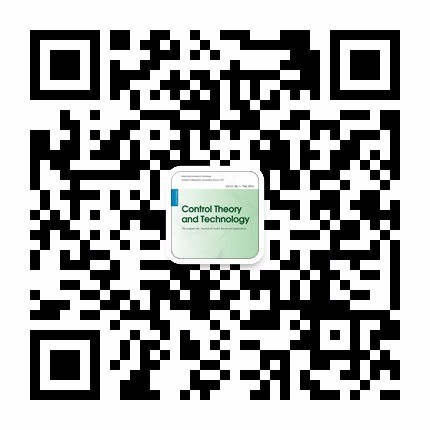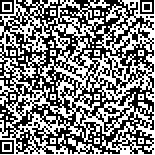| 摘要: |
|
| 关键词: |
| DOI: |
| Received:July 24, 2010Revised:January 03, 2011 |
| 基金项目:This work was supported by the National High Technology Research and Development Program of China (No. 2009AA04Z220), and the National Natural Science Foundation of China (No. 61075092). |
|
| Distributed environment representation and object localization system in intelligent space |
| Yinghua XUE,Guohui TIAN,Baoye SONG,Taotao ZHANG |
| (School of Control Science and Engineering, Shandong University; School of Computer and Information Engineering, Shandong University of Finance) |
| Abstract: |
| A kind of new environment representation and object localization scheme is proposed in the paper aiming to accomplish the task of object operation more efficiently in intelligent space. First, a distributed environment representation method is put forward to reduce storage burden and improve the system’s stability. The layered topological maps are separately stored in different landmarks attached to the key positions of intelligent space, so that the robot can search the landmarks on which the map information can be read from the QR code, and then the environment map can be built autonomously. Map building is an important prerequisite for object search. An object search scheme based on RFID and vision technology is proposed. The RFID tags are attached to the target objects and reference objects in the indoor environment. A fixed RFID system is built to monitor the rough position (room and local area) of target and a mobile RFID system is constructed to detect the targets which are not in the covering range of the fixed system. The existing area of target is determined by the time sequence of reference tags and target tags, and the accurate position is obtained by onboard vision system at a short distance. The experiments demonstrate that the distributed environment representation proposed in the paper can fully meet the requirements of object localization, and the positioning scheme has high search efficiency, high localization accuracy and precision, and a strong anti-interference ability in the complex indoor environment. |
| Key words: Intelligent space Distributed map representation Object localization Artificial landmark RFID |

